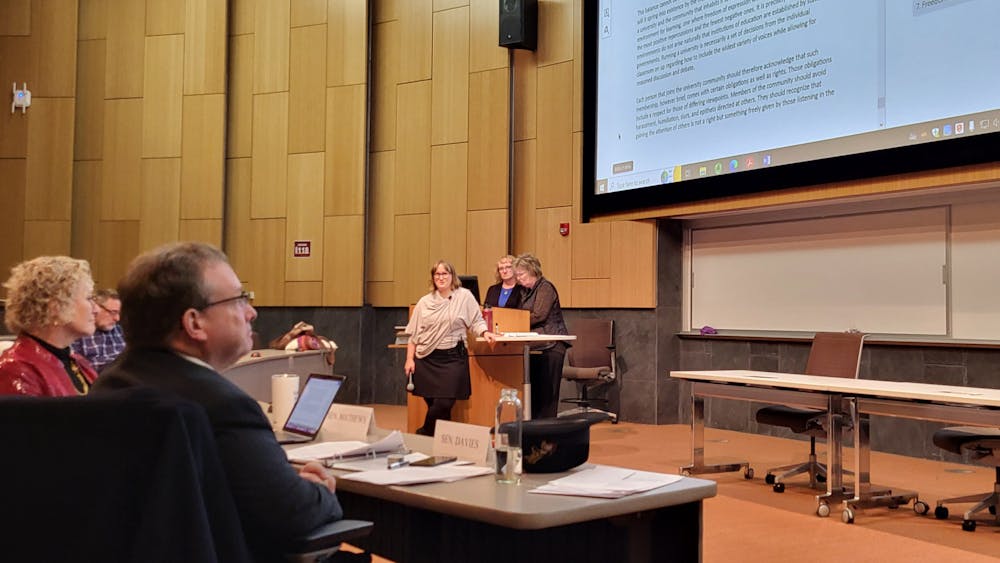Researcher publishes study on cause of lung disease

In a quiet building on the edge of campus, Dr. Neeraj Vij is making breakthroughs in medical research.
A member of the College of Medicine research faculty since 2014, Vij spent years trying to better understand lung disease. In the past, he and his team from Johns Hopkins University and CMED published research showing the effects of various tobacco products on lung health.
Now Vij is pioneering a new frontier of pulmonary disease treatment — nanomedicine — and he’s teaching students in the process.
“It takes a lot of effort for a student to come to the lab and learn everything and also have the ability to write (research) papers,” Vij said. “The goal is to prepare them for an industry kind of job and train them in new techniques that put them into the job market with unique expertise.”
Ryan Campbell is a senior biology student from Brooklyn, MI, with an interest in going into microscopy. He’s studying the affects different nanomedicines have on cells exposed to cigarette smoke.
“I love doing the research. This is an experience I never would’ve gotten if I hadn’t come here,” Campbell said. “Whenever we’re here, we’re doing interesting stuff.”
As an intern, David Silverberg is required to work 100 hours in the lab.
"You can probably double that," said the Mount Pleasant senior. "I’ve been working here since April and have already put 250 hours into research.”
To work for Vij, students have to apply for an internship. He wants to show students how doctors and scientists perform their learning in the field.
“Research is a difficult business. I’m looking for a built in desire. I want to see students with motivation and drive,” Vij said. “If you don’t have clear cut goals, you aren’t going to get far.”
Nanomedicine and nanotechnology is the future of medical treatment, and can have a wide range of applications in all fields and industries, Vij said.
With pulmonary diseases like cystic fibrosis and chronic obstructive pulmonary disorder, treatment can be difficult because inflammation and mucus often prevents medicine from reaching the diseased cells, Vij said. Specialized nanoparticles can make their way through the blockages and treat the problem directly.
Using these concepts, Vij and his partners were able to successfully combine medicine with biodegradable substances on a nanoscopic level to specifically target diseased cells in lab rats. He recently published his findings in the journal "Nanomedicine: Nanotechnology, Biology and Medicine"
“As a scientist you learn all the time," Vij said. "A lot of times we stay in closed boxes, but my theory is you need to think outside the box, otherwise everybody is doing the same thing. If you’re not thinking differently from others, you’ll all end up in the same place.”
Vij wants CMU to be on the forefront of this innovation.
“I’m trying to give a push to start a nanobiology or nanotechnology program,” Vij said. “This is an emerging field...In this discipline you have to be trained in multiple specialties because a combination of expertise is needed.”
Vij hopes a dedicated program would recruit students from backgrounds like medicine, biology, chemistry, or engineering.
“I got into (nanomedicine) without having the expertise in the field, but eventually, in trying to address problems, I learned along the way,” Vij said.




